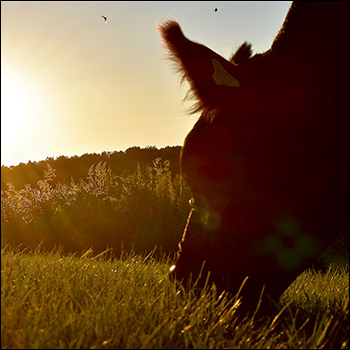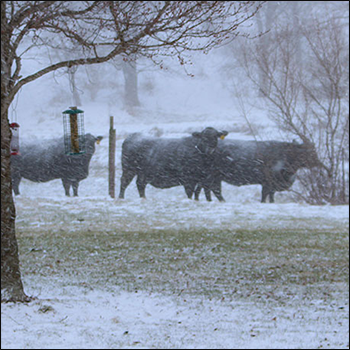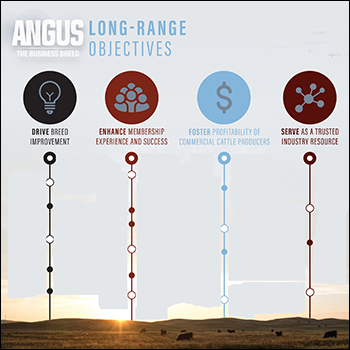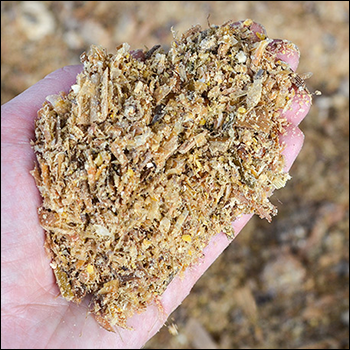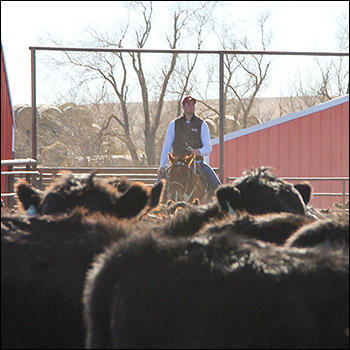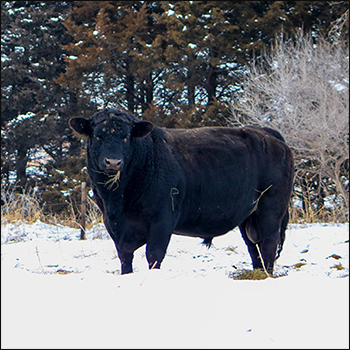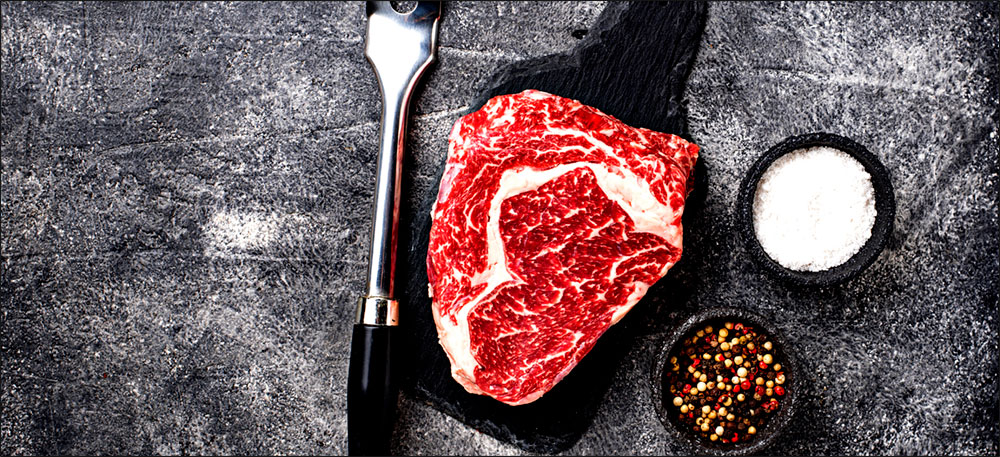
In The Cattle Markets
Beef production almost equal to last year.
by David Anderson, Texas A&M AgriLife Extension Service
After all 2020’s curveballs, here we are with four weeks (at the time of writing) left in the year and total beef production is almost the same amount as last year at this time. Through the week ending Dec. 5, 25.08 billion pounds (lb.) of beef have been produced, compared to 25.2 billion lb. last year. That difference will likely be made up in the next four weeks and, if so, it will likely set a new record for beef production, at about 27.2 billion lb.
Steer and heifer slaughter is a little more than 3% behind 2019 at this point. Total cow slaughter is 1.5% below 2019, but the source of the cows is interesting. Beef cow slaughter is up 2.5%, while dairy cow slaughter is down 5.5% from a year ago. Low calf prices and drought conditions are acting to increase beef cow slaughter, while higher milk prices have reduced dairy cow culling.
As has been the story all year, fed steer and heifer weights continue to make up the difference to increase beef production. Steer dressed weights have averaged 906 lb. this year compared to 876 lb. last year. Heifer weights have averaged 833 lb. this year, up 22 lb. from 2019. Cow and bull dressed weights are within a pound of last year’s average.
More cattle continue to grade Prime and Choice compared to last year. For the last seven weeks, more than 10% of the cattle graded were Prime. During the same period, more than 71% of carcasses were graded Choice. Combined with beef production, that means there is more Prime and Choice beef on the market than at this time last year.
One of the interesting seasonal meat prices is the wholesale price of ribeyes leading into the holidays. Ribeye prices tend to increase, seasonally, at the end of the year. Over the last month, wholesale ribeye prices have increased from $9.23 per lb. to $12.56 per lb. That is the highest price this year, even including the pandemic price roller coaster back in the spring when ribeyes peaked at $11.62 per lb. It may be that more consumers are going to try to celebrate with something special if they can. We have already purchased our standing rib roast for Christmas Eve dinner, and Christmas Day will be barbecue!
Editor’s note: David Anderson is a professor and Extension economist for Texas AgriLife Extension.

